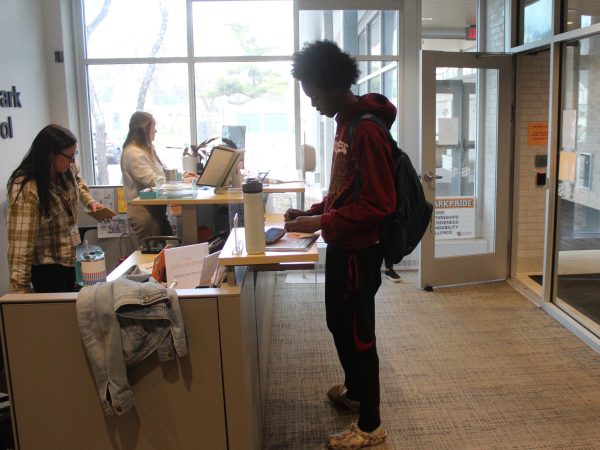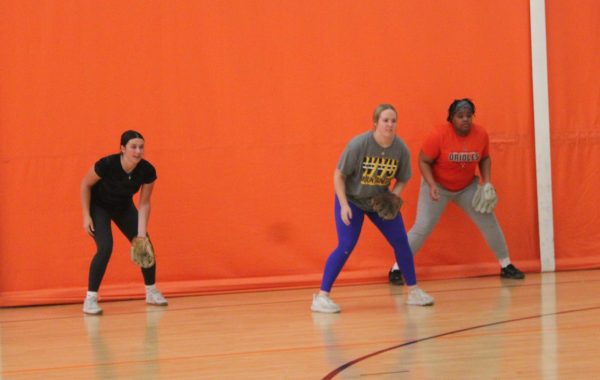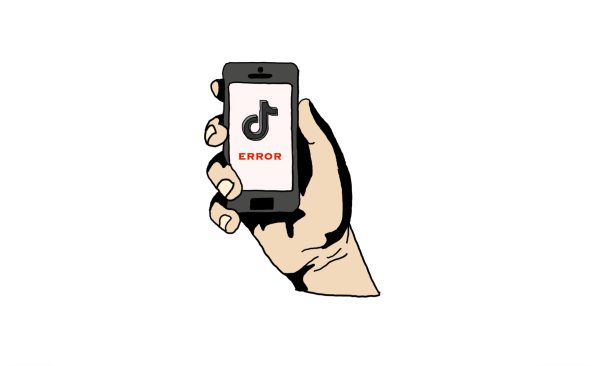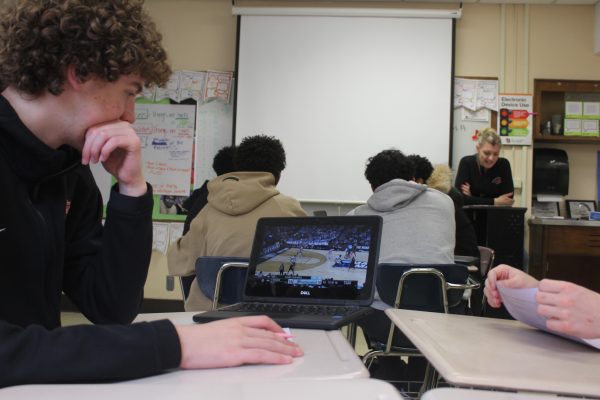Sidewalks do more harm than good
The city’s “Connect the Park” initiative takes sidewalks a step too far
September 4, 2014
In attempts to make the city of St. Louis Park more connected, officials plan to increase current sidewalk footprints over the next 10 years according to the city council website.
By adding six foot sidewalks to various streets, many areas suffer from a drastic two to four foot change in width of the street in certain areas.
While that may not seem like much, a study from the Federal Highway Administration concludes that with narrower roads, there is a higher chance of accidents due to sideswipe or same direction crashes, large vehicles drifting into the other lane and there is a speed reduction factor to also be considered.
This is important because with many new drivers being added to the road each year, this change makes driving harder and increases the chance of a crash.
Additionally, according to one study conducted in SeaTac, Washington, by Richard L. Knoblauch, improving the maintenance of various sidewalks decreased the pedestrian-vehicle conflicts from 2.9 conflicts per hour to 0.9 conflicts per hour during a one year period.
Many sidewalks in St. Louis Park are cracked and patched with black tar and replaced with a different kind of cement. This causes unsafe situations for many children on bikes and scooters and makes the existing sidewalks less appealing to pedestrians.
Because of this and the increased dangers because of narrower roads, the approximately $24 million budgeted on the “Connect the Park” initiative would be better spent maintaining existing sidewalks in attempt to make them more appealing to children and pedestrians.
While sidewalks are an important part of the community intended for the safety of pedestrians, the city is going about their implementation wrong. Instead of trying to narrow the roads, the city should attempt to use some of the existing boulevard space that it already owns to add more sidewalks and focus on the maintenance of current sidewalks.














